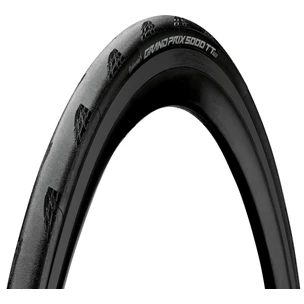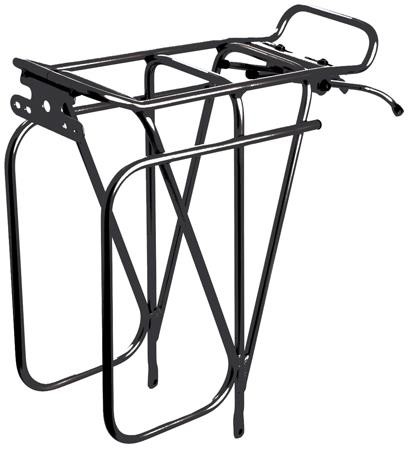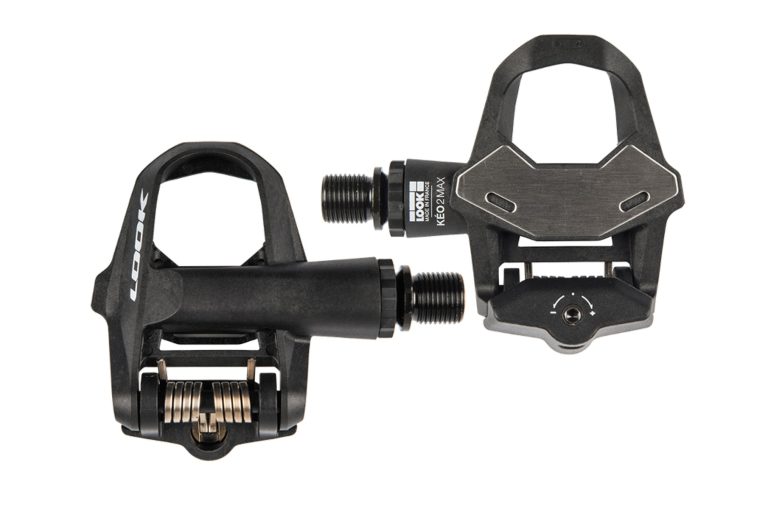Have you ever wondered if tubeless wheels could enhance your biking experience? With tubeless wheels, you can wave goodbye to the constant worry of flat tires caused by punctures and pinch flats. These innovative wheels offer a smoother ride, increased grip, and reduced rolling resistance, making your biking adventures safer and more enjoyable. Discover the benefits of tubeless wheels and find out how they can revolutionize your biking experience.
Table of Contents
ToggleAdvantages of Tubeless Wheels
Reduced Risk of Flats
One of the biggest advantages of tubeless wheels is the significantly reduced risk of flats. Tubeless tires use a sealant which automatically repairs punctures as they happen. This means that small punctures from thorns or nails are sealed quickly and efficiently, without you even noticing. It eliminates the need to carry a spare tube or worry about changing tyres on the side of the road or trail. Additionally, tubeless tyres are less susceptible to pinch flats, which occur when the inner tube gets pinched between the tyre and the rim. With tubeless wheels, this risk is eliminated, providing you with a worry-free riding experience. Furthermore, tubeless tires are also less prone to snake bites, which are caused by double punctures on the inner tube due to impact with sharp edges or objects. With tubeless wheels, you can enjoy peace of mind knowing that your chances of getting a flat tyre are greatly diminished.
Improved Ride Quality
Tubeless wheels also offer improved ride quality compared to traditional tubed tyres. One of the main factors contributing to this is the ability to run lower tyre pressure. By lowering the tyre pressure, tubeless wheels absorb bumps and undulations in the road or trail more effectively, resulting in a smoother and more comfortable ride. Additionally, tubeless tyres provide excellent vibration damping, further enhancing the overall ride quality. This can be particularly beneficial when riding on rough terrain, as the vibrations and jolts are minimized, allowing you to have a more enjoyable and less fatiguing experience. Furthermore, the smoother rolling experience provided by tubeless wheels allows for enhanced control and stability, making your rides more enjoyable and safer.
Lower Rolling Resistance
Tubeless wheels offer lower rolling resistance compared to traditional tubed tyres. This is primarily due to the elimination of tube friction. In a traditional tubed tyre setup, the friction between the inner tube and the tyre can have a negative impact on the bike’s performance, requiring you to exert more effort to maintain speed. With tubeless wheels, this friction is eliminated, resulting in increased energy efficiency and improved rolling resistance. This means that you can ride faster and further with less effort, allowing you to reach your destination quicker and more efficiently.
Enhanced Traction
Another advantage of tubeless wheels is the enhanced traction they provide. Tubeless tyre offer an increased contact patch with the road or trail surface, which improves grip and traction. This increased contact patch allows for better cornering grip, allowing you to take turns with more confidence and control. Additionally, tubeless tyres offer more reliable braking performance, as the increased traction allows for improved stopping power. Whether you’re riding on pavement or off-road, having enhanced traction can greatly improve your overall riding experience and your safety.
Ability to Run Lower Tire Pressure
Tubeless wheels allow you to run lower tyre pressure, which offers several benefits. Firstly, running lower tyre pressure improves comfort, as the tyres can absorb more of the impact from the road or trail. This is particularly important when riding on rough surfaces or over obstacles, as lower tyre pressure helps to smooth out the ride and reduce discomfort. Secondly, running lower tyre pressure also improves the bike’s handling, as the tyres are able to conform better to the contours of the road or trail, providing better grip and control. Finally, running lower tyre pressure also reduces the risk of rim damage, as the lower pressure helps to protect the rims from impacts. Overall, the ability to run lower tyre pressure with tubeless wheels enhances both comfort and performance, improving your overall riding experience.
Disadvantages of Tubeless Wheels
Higher Cost
One of the main disadvantages of tubeless wheels is the higher cost compared to traditional tubed tyres. Tubeless wheels require a special setup, including tubeless-ready rims and tyres, and the addition of sealant. This means that the initial investment for tubeless wheels can be more expensive than traditional setups. Additionally, if you need to replace any parts, such as the rims or tyres, you may find that tubeless options are more limited and potentially more expensive. Finally, there may be additional accessories required for maintaining tubeless wheels, such as sealant injector kits or pressure gauge with low-pressure capability. While the initial cost may be higher, it’s important to consider the long-term benefits and savings that tubeless wheels can offer.
Installation Complexity
Another disadvantage of tubeless wheels is the installation complexity. Converting to tubeless wheels requires specific tubeless-ready rims and tyres, which may not be compatible with your current bike setup. This means that you may need to invest in new rims and tyres specifically designed for tubeless use. Additionally, the application of sealant is necessary to create airtight seals and maintain the ability to repair punctures. This can be a messy and time-consuming process, especially for those who are not familiar with tubeless setups. Proper installation and setup of tubeless wheels require attention to detail and patience. However, once properly set up, tubeless wheels can provide a hassle-free riding experience.
Limited Tire Choices
Tubeless wheels also have more limited tyre choices compared to traditional tubed tyres. While the availability of tubeless tyres is increasing, it may still be more limited compared to the wide range of tire options available for tubed tyres. This can be a disadvantage for riders who prefer specific tyre brands or models that may not be offered in a tubeless format. However, as tubeless technology continues to be adopted by more riders, the range of tyre choices is expected to expand, providing more options for tubeless wheel users.
Difficulties with Initial Setup
The initial setup of tubeless wheels can be challenging for those who are not familiar with the process. As mentioned earlier, specific tubeless-ready rims and tyres are required, which may not be readily available or compatible with your bike. Additionally, the application of sealant can be messy and time-consuming, especially for those who have never done it before. It may take some trial and error to properly seal the tyres and ensure airtightness, which can be frustrating for beginners. However, many bike shops now offer professional installation services for tubeless wheels, making the initial setup easier for riders who are unfamiliar with the process.
Maintenance Requirements
Maintaining tubeless wheels also comes with some additional requirements compared to traditional tubed tyres. Periodic sealant inspection and replenishment are necessary to ensure that the sealant is still effective and capable of repairing punctures. This involves removing the tyre, inspecting the sealant, and adding more sealant if needed. Additionally, regular tyre pressure checks are essential to ensure optimal performance and safety. Tubeless wheels may lose pressure over time, so it’s important to monitor and adjust the tyre pressure accordingly. Lastly, sealant cleanup may be required if the bike has been stored for an extended period without use, as the sealant can dry and become less effective. While these maintenance tasks may add some extra effort to your regular bike maintenance routine, they are relatively simple and can be quickly performed once you become familiar with the process.
In conclusion, tubeless wheels offer several advantages over traditional tubed tyres. They provide a reduced risk of flats due to the sealant’s ability to automatically repair punctures, eliminate tube friction for lower rolling resistance and increased energy efficiency, improve ride quality through lower tyre pressure and vibration damping, enhance traction with an increased contact patch, and allow for the ability to run lower tyre pressures for improved comfort, handling, and reduced risk of rim damage. However, it’s important to consider the higher cost and complexity of installation, as well as the limited tyre choices and maintenance requirements that come with tubeless wheels. Ultimately, the decision to switch to tubeless wheels depends on your specific biking needs and preferences. Consider the advantages and disadvantages before making a decision, and consult with a professional if you need assistance with the initial setup. With the right knowledge and understanding, tubeless wheels can greatly enhance your riding experience.








